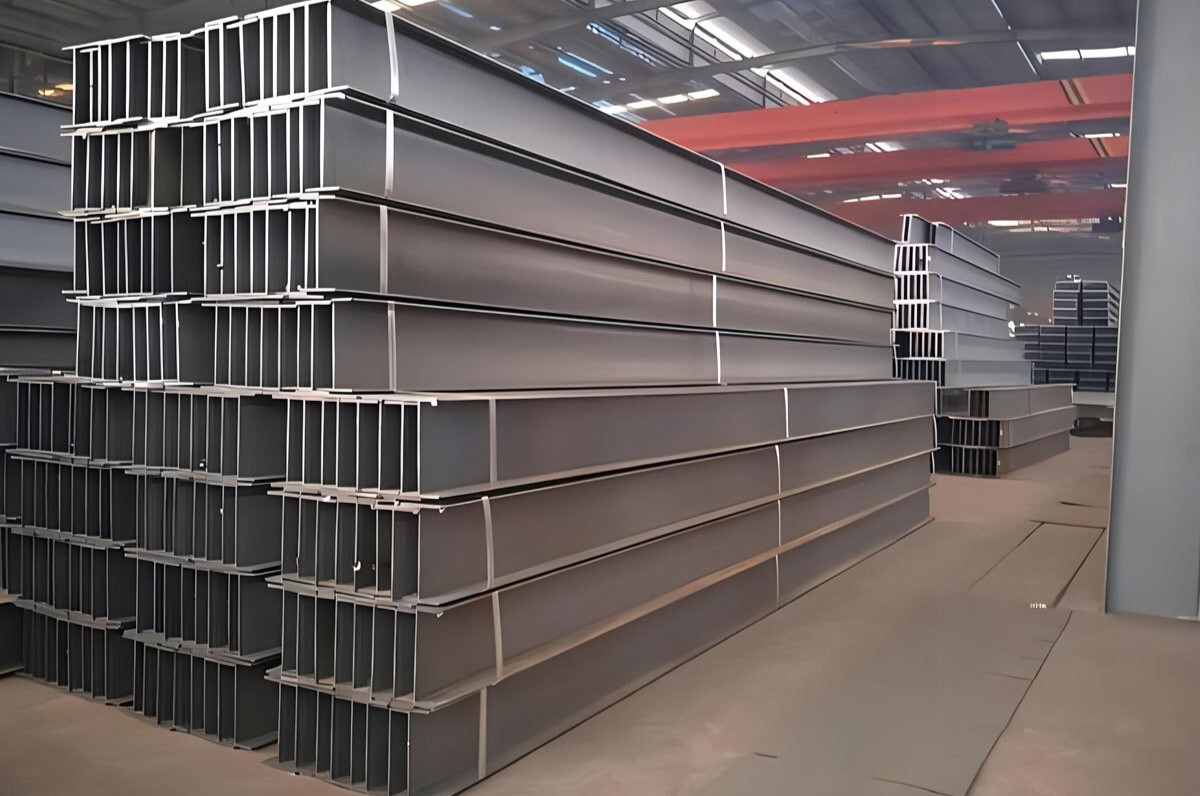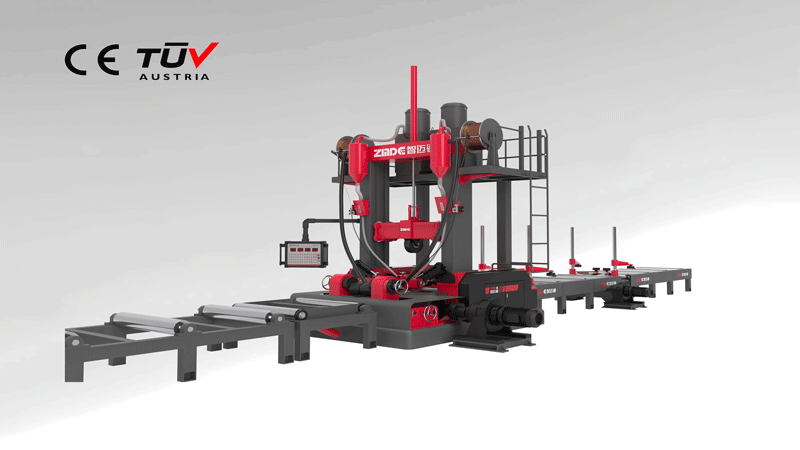Requirements and Challenges of H Beam Welding: A Global Perspective
The welding process for H beams, especially those conforming to international standards, involves stringent requirements to ensure quality, safety, and performance. From material selection to advanced welding technologies, every step plays a critical role in achieving optimal results.

Key Requirements for H Beam Welding
Selection of Welding Materials: Welding materials must meet stringent standards to ensure the quality and durability of the welds. The choice of materials directly impacts the structural performance of the H beams.
Precision in Welding Parameters: Essential parameters such as current, voltage, and welding speed must be precisely controlled to maintain stability and consistency during the process. These factors are crucial for achieving defect-free welds.
Pre-Welding Preparation: Proper cleaning and rust removal are indispensable steps before welding. These processes enhance the bonding strength and overall quality of the weld.
Welding Sequence and Methods: A well-designed welding sequence minimizes deformation and residual stress. Additionally, selecting the appropriate welding technique based on specific requirements is key to achieving optimal results.
Skilled Operators: Operator expertise significantly influences welding quality. Highly trained personnel with in-depth knowledge of welding processes ensure precise execution and fewer errors.
Challenges in H Beam Welding
Controlling Welding Deformation: Due to the complex cross-sectional shape of H beams, significant deformation can occur during welding. This can affect both the aesthetic and mechanical properties of the structure. Solutions include adopting a rational welding sequence and implementing counter-deformation techniques.
Ensuring Joint Quality: H beam weld joints often experience high levels of stress, making them susceptible to defects such as cracks and porosity. Advanced testing methods are essential to detect and evaluate these issues, ensuring compliance with quality standards.
Efficiency and Cost Management: Balancing high-quality outputs with cost efficiency remains a critical challenge. Modern welding technologies and equipment offer solutions to address this issue.
The ZMDE Beam Welding Machine: Transforming H Beam Welding
ZMDE’s beam welding machine is revolutionizing the welding process for H beams. Designed for automatic production, it integrates assembly, welding, and straightening functions into one compact and efficient system.
Key Features and Benefits:
Compact Design and High Efficiency: With a footprint similar to that of a single machine, the ZMDE beam welding machine requires minimal space. Equipped with a digital mobile remote control and intelligent operating platform, it enables operation by a single person, significantly boosting production efficiency.
Advanced Hot Welding Technology: The machine supports groove-free welding up to 18mm without the need for striking arc devices. This reduces complexity and improves the overall efficiency of the welding process.
Versatility Across Industries: The ZMDE beam welding machine is ideal for various sectors, including steel structure production, light steel villas, bridges, shipbuilding, high-speed railways, drilling platforms, and gas furnaces. Its wide applicability ensures its value across diverse applications.
Improved Product Quality and Cost Reduction: By enhancing the qualification rate of H beam products and reducing production costs, the machine offers a competitive edge in steel fabrication.

Addressing Challenges with Innovation
Modern technologies, such as the ZMDE beam welding machine, are addressing the traditional challenges associated with H beam welding. The integration of automation, precision, and advanced welding methods ensures that high-quality outputs are achieved efficiently and economically. Furthermore, continued research and development in welding technologies promise to drive further improvements in the quality and safety of H beam structures.
Conclusion
H beam welding is a complex process with strict requirements and inherent challenges. However, with innovations like ZMDE’s beam welding machine, these challenges are becoming increasingly manageable. As the industry continues to evolve, the adoption of advanced technologies will pave the way for greater efficiency, improved quality, and sustainable development in steel fabrication. Together, we can build stronger and more reliable structures for a better future.



